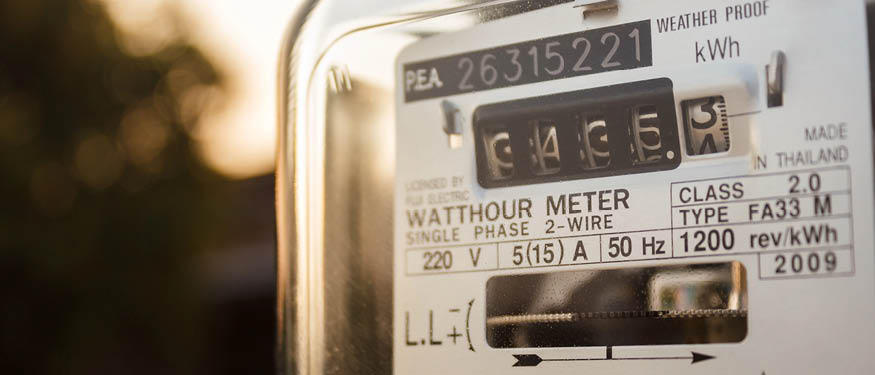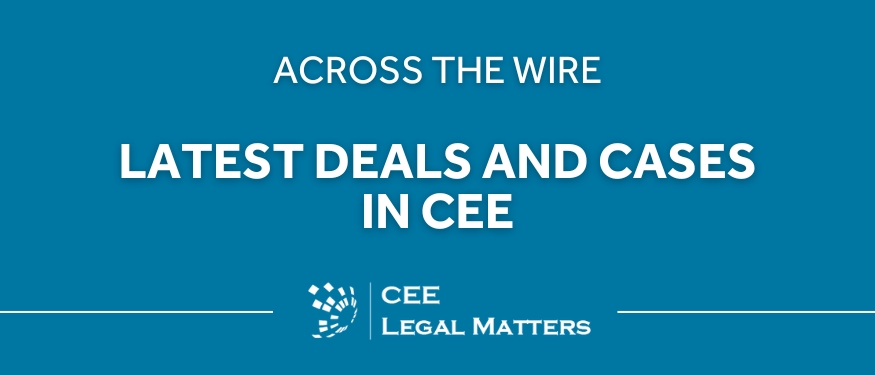Drones, or unmanned aerial vehicles are becoming increasingly popular worldwide, including in Austria, with the drone global market to exceed USD 55 billion by 2030, reflecting their global importance. Drones can serve both as recreational gadgets and as professional tools for photographers, farmers, emergency responders, and other professionals. As with any new technology the benefits must be weighed against the risks.
This technology is increasingly used to enhance performance and reduce efforts in various professional settings. For example, farmers can deploy drones to locate injured animals or detect fawns in tall grass before mowing, preventing potential harm. Emergency services rely on drones to respond faster and more effectively to crises. Additionally, cartographers use drones for mapping and surveying difficult terrains.
Globally, drones assist firefighters, provide internet access in remote areas, and support scientific research on mosquito-borne diseases like malaria. In China, the emerging low-altitude economy envisions ambitious ideas like flying taxis and drone deliveries to remote locations. Their use is also increasing amongst hobbyists who continue to embrace drones for personal exploration and recreation.
Despite their advantages, drones also pose significant risks. On September 17, 2024, a near-drone accident occurred, where a private drone nearly collided with the Austrian Armed Forces helicopter by a hair’s width. This near miss happened in a flooded area in Lower Austria, where the helicopter was used during a disaster operation. The incident led to the Austrian Armed Forces urging people operating private drones to steer clear of disaster areas.
More recently a private drone collided with a firefighting plane in California, which has massively hindered the fight against the devastating wildfires and resulted in considerable damage to the aircraft. These are just two examples of such instances with dozens more occurring in the last years.
Taking this into account, Austria adopted certain regulations in the already existing Aviation Act, under European Regulation 2019/947, which among others regulates commercial drone activities. The rules ensure safe and compliant operations of drones while taking into account the public interest as well as the rights of private individuals.
Historically, property rights were described as extending from “Heaven to Hell.” With technological progress, societies started to impose limitations on these rights. Generally speaking, the Austrian Civil Code enables owners to control the airspace above their land, however only to the extent that they can influence airspace. Beyond this point, the airspace becomes a public good and everyone can use it. Taking this into account, drones can disrupt property owners’ privacy and enjoyment of property. Nonetheless flying a drone over someone else’s property is generally allowed in Austria, with restrictions applying to takeoff or landing.
This can infringe on privacy rights as many drones have cameras that capture images or recordings. Individual rights come into play since privacy is a recognized human right and biometric information that can be captured on a video is heavily protected by national and EU legislation. Capturing images or recordings is assessed under data protection laws and can either present an unlawful invasion of privacy or, in the case of publishing videos of photos obtained from a drone, this can substitute a copyright infringement as it can infringe on the right to one’s image. Using a drone for prolonged surveillance could also constitute a criminal offense under the Austrian Criminal Code.
Further to this, under Austrian law, property owners are protected from nuisances that go beyond what is normal in their area and disrupt the usual enjoyment of their property. This includes disturbances from noise, vibrations, and other emissions. For example, if drones fly over someone’s garden, producing noise that is much louder than what is typically expected in the neighborhood, this could be considered as an excessive nuisance, regardless of whether such unduly disturbance occurs during the day or during what is considered rest periods. If these excessive disturbances occur, property owners have the right to file a complaint with the relevant authorities, potentially leading to administrative penalties for the drone operator.
As drones continue to evolve, they offer exciting new possibilities for many areas of our lives. With ongoing development and learning from mistakes, drones can bring real benefits to society. However, their increasing presence necessitates strong legal frameworks that keep up with these changes and ensure everyone’s safety, protect privacy, and uphold property rights. Future discussions will likely focus on enhancing regulations, covering any legal gaps, and creating a balance between innovation and individual rights.
By Jasna Zwitter-Tehovnik, Partner, DLA Piper
This article was originally published in Issue 12.2 of the CEE Legal Matters Magazine. If you would like to receive a hard copy of the magazine, you can subscribe here.
















